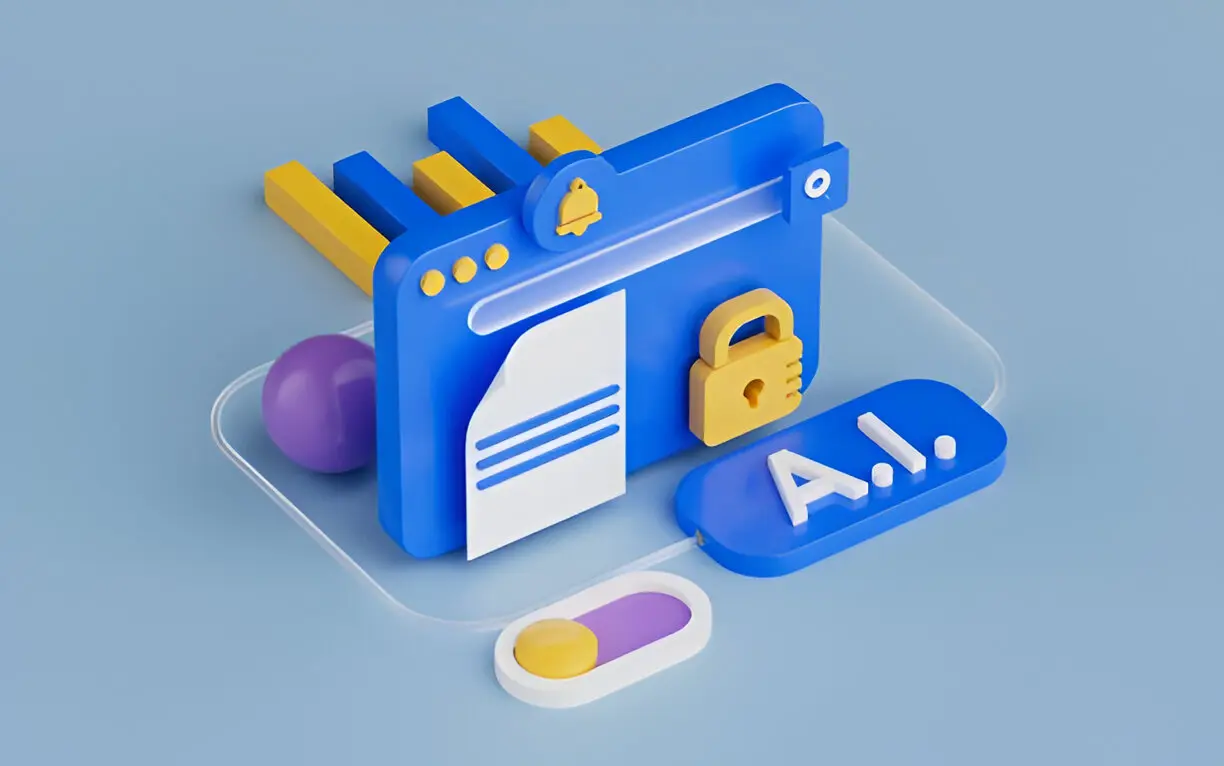In an era where digital information is as valuable as traditional assets, organisations must prioritise the protection of their data. Cybersecurity threats are more sophisticated than ever, creating a constant battle for businesses to safeguard their sensitive information. Among the most important defensive strategies is employing robust data leakage prevention tools to mitigate the risk of information falling into the wrong hands. This article delves into the significance of these tools and how they can shield your digital assets from potential breaches.
Understanding Data Leakage Prevention
Data leakage prevention (DLP) refers to systems designed to detect and prevent unwanted destruction, exfiltration, or unauthorised access to sensitive data. They are critical for maintaining the integrity and confidentiality of information within a company. DLP tools function through a structured process of identification, monitoring, and protection to ensure that data misuse is detected and mitigated in real time.
The risks associated with data leakage include financial loss, reputational damage, legal penalties, and loss of customer trust. Therefore, solid DLP strategies are non-negotiable components of today’s corporate cybersecurity armoury. With threats emerging from both external and internal sources, data leakage prevention tools must be comprehensive and adaptive.
Key Features of Effective DLP Solutions
When selecting data leakage prevention tools, there are several key features that businesses should look for to ensure the maximum level of security. These include:
Content Discovery
Effective DLP solutions scan through files and communications to discover sensitive content that requires protection. They utilise complex algorithms and patterns that identify data such as personal identity numbers, credit card information, or confidential business materials.
Policy Enforcement
Once sensitive data has been identified, DLP tools enforce security policies to regulate how this data is handled. These policies might restrict who can access the information, how it is used, and under what circumstances it can be transmitted.
Monitoring and Control
Data loss prevention systems monitor the flow of information in and out of the network. They keep detailed logs of data use and apply restrictions, such as encryption or blocking the transfer of sensitive data to unauthorised recipients.
Alerting and Reporting
Immediate notification systems form an integral part of the DLP framework. These alert administrators and users immediately when a potential breach is detected. Detailed reporting mechanisms also provide insights into trends and potential areas of risk, enabling proactive management of data security.
Choosing the Right Data Leakage Prevention Tool
Selecting the appropriate tools for your organisation calls for a nuanced understanding of your specific data security needs. Factors such as the size of the company, the nature of the data handled, regulatory requirements, and the technological infrastructure already in place influence what features are needed from a DLP solution.
As a starting point, consider the types of data you must guard against. Financial institutions, for example, handle a significant amount of personally identifiable information, while technology firms may possess valuable intellectual property that requires protection. The data leakage prevention tools you choose should align with these particular functional requirements.
While it can be tempting to select the most comprehensive tool available, it is also essential to consider potential impacts on business operations. The best DLP solutions are those which strike a balance between robust protection and operational efficiency.
The Benefits of Implementing DLP Tools
Implementing DLP solutions brings a multitude of benefits beyond preventing data breaches. These range from regulatory compliance, as many industries are bound by laws requiring the protection of certain information types, to enhanced internal controls that prevent employees from accidentally or maliciously compromising sensitive data.
In addition, DLP tools contribute to establishing a security culture within an organisation—an environment where all users are aware of their role in safeguarding data. This is especially crucial as the boundary between work and personal devices becomes increasingly blurred.
Predictive Analytics and Machine Learning in DLP
The evolution of DLP technology has embraced advancements such as predictive analytics and machine learning. These technologies allow for the more accurate identification of threats and anomalies in data patterns. They also result in more intelligent systems that can learn from past incidents to predict and prevent future breaches.
Advanced DLP tools equipped with these capabilities can adapt to the ever-changing cybersecurity landscape, ensuring resilience against new forms of data threats. They are invaluable in anticipating potential security issues even before they manifest, thereby strengthening the overall defensive posture of an organisation.
Conclusion
Cybersecurity must be viewed as an investment in the business’s longevity and reputation. With data leakage incidents on the rise, no organisation is immune to the threats that put their digital assets at risk. Utilising top-of-the-line data leakage prevention tools serves as a vital shield against the myriad of data-related threats facing businesses today. While no single tool can offer complete protection, the proper implementation of DLP solutions can significantly reduce vulnerability and provide peace of mind in the digital age.
In summary, while the digital landscape offers immense opportunities for growth and innovation, it also presents challenges that must be met head-on with comprehensive and intelligent security mechanisms. Investing in sophisticated DLP tools is necessary for ensuring that your business’s digital assets—its lifeblood in today’s economy—remain intact and under lock and key.
Also Read- AI Video Watermark Removers: Transforming Technology’s Seamless Video Editing Capabilities










